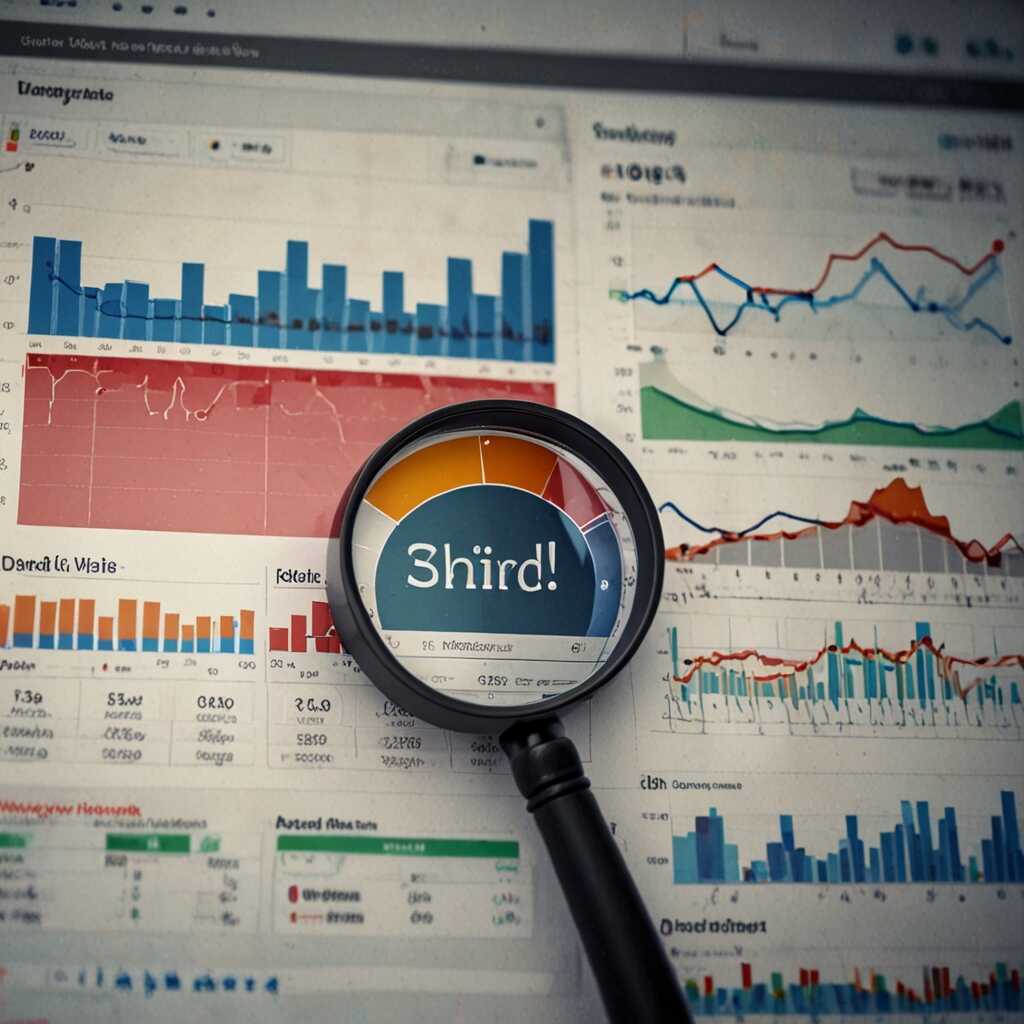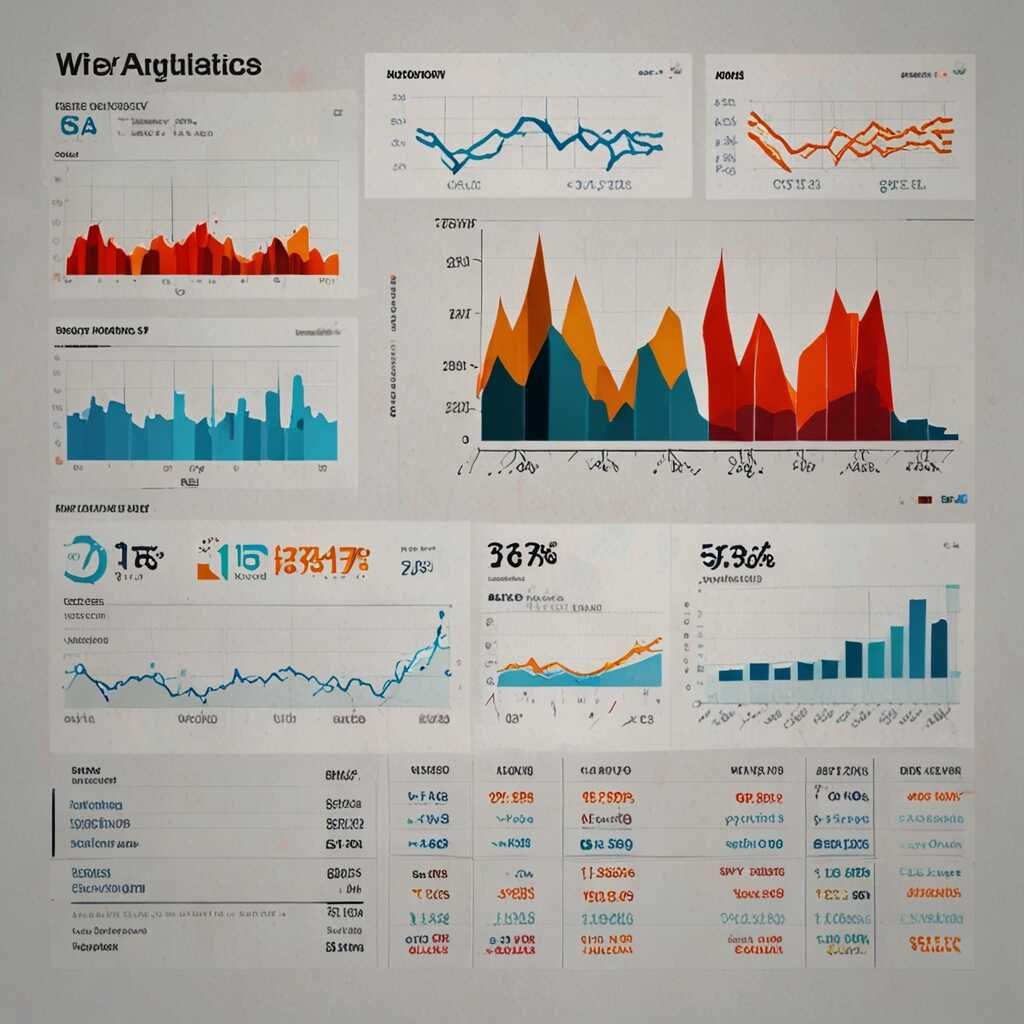Writing SEO-friendly content for readers and Google is crucial in today’s digital landscape. To succeed, your content must attract both search engines and your audience by being engaging and informative. At Metrics Rule, we understand the balance between optimizing for SEO and providing valuable information to readers, ensuring your content stands out. This article shares practical strategies to help you improve content quality and enhance your SEO performance.
Recognizing the Connection Between SEO and Reader Engagement
Aligning SEO strategies with reader engagement is essential for achieving visibility on search engines like Google and Bing. When you create content that is informative and engaging, it leads to a better user experience. Additionally, content that resonates with readers tends to generate more shares, comments, and backlinks, all of which improve your SEO performance. Key factors that enhance both SEO and user experience include keyword optimization, quality content, mobile-friendliness, and fast loading times. Focusing on these elements can provide a dual advantage: attracting more visitors and keeping them engaged.
Key Strategies to Enhance Both SEO and Reader Engagement
Implementing effective strategies to enhance both SEO and reader engagement is crucial for successful content marketing. Techniques like using high-quality visuals, optimizing headlines, and including relevant keywords can significantly improve SEO performance while making content more appealing. Moreover, ensuring your website is mobile-friendly and adheres to best technical SEO practices enables smoother user experiences. Regularly conducting A/B testing and using analytics can help you refine these strategies, allowing for continuous improvement and adjustment based on real user data. Metrics Rule in Vancouver focuses on these strategies to provide long-lasting results in both SEO and user engagement.
Mastering Keyword Research to Align with Audience Intent
Effective keyword research is crucial for creating content that resonates with your audience. Utilize tools like Google Keyword Planner, SEMrush, and Ahrefs to find high-value keywords. Understanding user intent enhances your strategy by ensuring you target the right questions and needs of your audience. For instance, keywords like “best SEO strategies” could suggest users are seeking trustworthy advice or comparison reviews. Regarding search engine click-through rates, approximately 28.5% of users click on the first search result, making it essential to align your content with high-ranking keywords to capture organic traffic.
User Intent and Its Impact on Keyword Selection
Understanding user intent is vital in keyword selection. There are three primary types of intent: informational, navigational, and transactional. Research shows that about 70% of searches are informational. Use this data to tailor high-value keywords according to what users are looking for. For example, if users seek “SEO tips,” they might want actionable advice rather than a product pitch. By focusing on user intent through tools like Google Analytics and search term reports, you can fine-tune your keywords. This increases engagement, enhances the user experience, and ultimately improves your rankings in search results.

Optimizing Content Structure for Enhanced User Experience
Structuring content effectively is crucial for improving user experience and SEO performance. Benefits include enhanced readability, which helps readers digest information easily. Clear headings guide users through your content, reducing bounce rates. Effective formatting techniques—such as using bullet points, short paragraphs, and intentional whitespace—ensures clarity and flow. A well-structured content piece should include at least three key elements: a compelling introduction, informative body sections, and a strong conclusion. Utilizing these strategies not only enhances user engagement but also signals to search engines that your content is relevant and well-organized.
Best Practices for Headings and Paragraphs
Implementing best practices for headings and paragraphs significantly boosts content clarity and readability. Use H1 for the main title, followed by H2s for major sections, and H3s for subsections. This hierarchy is essential for both SEO and user navigation. Keep paragraphs concise, ideally between 3-5 sentences, to maintain pacing and focus. Utilize bullet points for lists to make information digestible at a glance. These strategies, when consistently applied, create an experience that feels organized and user-friendly, which in turn enhances engagement and improves SEO results.
Essential Numerical Insights for Effective Content Crafting
- Google uses over 200 factors to rank web pages.
- Content with longer word counts (1,500+ words) often ranks better.
- Online articles with headings receive 300% more engagement.
- Adding images can improve user engagement by 94%.
- SEO-optimized content can increase website traffic by up to 500%.
- 54% of marketers prioritize content marketing efforts for SEO.
- Internal links can boost search rankings by improving site navigation.

Creating Engaging Content that Provides Real Value
To ensure your content resonates with readers, focus on understanding their needs and preferences. Conducting surveys or analyzing feedback can provide insights into what topics your audience finds valuable. Prioritize creating meaningful content that addresses their problems or questions. Consider types of content that are engaging across various industries, like how-to articles, case studies, or data-driven reports. Visual content, including infographics and videos, has been shown to attract more attention. In fact, over 60% of users prefer visual content, which means integrating visual elements can significantly enhance your audience’s engagement and experience.
Strategies for Creating Meaningful Content
To create meaningful content that enhances SEO performance, consider implementing several effective strategies. Start with comprehensive keyword research to identify terms and phrases relevant to your audience. Use these keywords naturally within content, headings, and metadata while maintaining a conversational tone. Engage your audience by storytelling, using real-life examples or data to make your points relatable. Additionally, ensure your content is visually appealing by including images, graphs, or videos to break text blocks. This will help with user retention and invitation to share your content, extending your reach and improving your site’s SEO performance. Metrics Rule, based in Vancouver, can provide invaluable expertise in optimizing your content strategy.

Leveraging Multimedia to Strengthen Your Message
Multimedia can significantly enhance user engagement and retention in your content. By incorporating images, videos, and infographics, you create a visually appealing experience that holds attention longer than text alone. A well-designed infographic can convey complex information in a digestible format, while videos can illustrate concepts that words may fail to capture effectively. Furthermore, search engines like Google reward content that includes multimedia with better visibility, as they recognize the increased user engagement it fosters. Engaging videos and interactive content can lead to longer page dwell times, which positively impacts SEO optimization. Balancing multimedia with text is essential; ensure that images and videos complement the written content rather than overpower it. A good mix is typically a 70/30 ratio of text to multimedia, ensuring clarity and SEO effectiveness.
Best Practices for Integrating Multimedia in Your SEO Strategy
To maximize the potential of multimedia in your SEO strategy, focus on creating high-quality video content that addresses specific user queries. This can include product demonstrations, tutorials, and engaging stories that resonate with your audience. Additionally, optimize multimedia elements by using descriptive alt text and titles, which help search engines understand their context. When crafting infographics, ensure they are visually appealing and convey information clearly. Data-driven graphics can reinforce your content’s reliability and authority, proving to be an essential tool in enhancing user engagement. Regular updates to multimedia content keep it fresh and relevant, which is crucial for maintaining search engine rankings. As you progress into 2025 and beyond, remain mindful of advances in technology, ensuring your multimedia elements remain compatible and accessible across multiple devices. This way, you enhance your content’s reliability and ensure it meets your audience’s growing expectations.
Key Advantages of Engaging and Optimized Writing
- Higher visibility on search engines leads to increased traffic.
- Well-structured content makes it easier for readers to follow.
- SEO-enhanced articles contribute to better audience retention rates.
- Improved search rankings can lead to higher trust and credibility.
- Readers appreciate valuable content, increasing shareability.
- Optimized content leads to better conversion rates on your website.
- SEO-friendly pieces can attract a wider audience base over time.

Implementing On-Page SEO Best Practices to Increase Visibility
Essential on-page SEO techniques include using meta tags, optimizing images, and developing internal linking strategies. These practices help improve content visibility in search engines like Google and Bing. Meta tags provide critical information about the content on your page, helping search engines crawl and index it efficiently. Image optimization involves using descriptive file names and alt tags, ensuring search engines can understand visuals, which enhances overall user experience. Internal linking is vital for reducing bounce rates and guiding visitors through your site, ultimately improving the performance and reliability of your content.
Practical Tips for Effective Meta Tags and Image Optimization
To maximize the effectiveness of your meta tags, use a title tag that is about 50-60 characters long and a meta description that remains around 150-160 characters. Tailor these elements to include relevant keywords to increase search visibility in 2025. For image optimization, ensure images are compressed for faster loading while maintaining quality, and utilize descriptive alt text that provides context. This practice not only improves SEO but also enhances accessibility, making your content inclusive. Moreover, every page should feature a few internal links that direct users to related content, increasing the likelihood of retention and engagement.
Utilizing Analytics to Improve Content Effectiveness
Analytics tools play a crucial role in enhancing content performance for SEO. By leveraging content analytics tools such as Google Analytics and SEMrush, content creators can gain essential insights into their audience’s behavior. Evaluating metrics like bounce rate, average session duration, and user demographics helps identify areas for improvement. Regular testing of these metrics using a systematic approach ensures data-driven insights, enabling content adjustments that satisfy both readers and search engines.
Key Metrics for Evaluating Content Effectiveness
When reviewing content performance, SEO performance metrics are critical. Essential metrics to examine include organic traffic, keyword rankings, and conversion rates. Analyzing organic traffic helps to identify which content resonates best with audiences. Keyword rankings indicate how well your content performs against competitors. Conversion rates reveal the effectiveness of calls to action you have included. Regularly examining these metrics can improve content performance, ultimately enhancing your website’s SEO strategy and supporting sustained growth.
Comparative Brands and Their Impact on Content Strategy
- WordPress: User-friendly, versatile platform for diverse content needs. Some find technical setup challenging.
- Wix: Excellent for beginners with easy design features. Less flexibility with SEO customization.
- Squarespace: Visually appealing templates; good for creatives. May lack advanced SEO features.
- Medium: Engages niche audiences through quality content sharing, but limited branding options.
- HubSpot: Robust inbound marketing tools; valuable for businesses. Costs can be high for small teams.
- LinkedIn: Great for B2B content; helps connect professionals. Requires ongoing engagement to see results.
- Ghost: Perfect for digital publications and blogs; easy to manage. May be too simple for complex sites.
Adapting to SEO Trends and Evolving Content Strategies
Staying updated on current SEO trends is essential for content creators to engage their audience effectively. In 2023, focus on trends like voice search optimization, video content integration, and the importance of mobile-friendly websites. Utilize platforms like Moz, Search Engine Journal, and SEMrush for reliable resources. These sites provide e-books, webinars, and community forums that help enhance your understanding of evolving content strategies. According to recent data, nearly 75% of content strategies prioritize mobile optimization, making it crucial to ensure your content is accessible across all devices.
Essential Tools for Continuous SEO Learning
To navigate the dynamic world of SEO, several essential tools can enhance your learning experience. Tools like Ahrefs, Google Analytics, and Yoast SEO offer insights into crawling and indexing as well as keyword research capabilities. Ahrefs enables users to perform deep backlink analyses and track content performance through reliable data. Google Analytics provides valuable performance metrics, ensuring you can adjust your strategy based on user behavior. Moreover, subscribing to newsletters from platforms like Search Engine Land can keep you updated on algorithm changes and SEO best practices. By leveraging these tools, you can test and improve the quality of your content, enhancing your overall SEO performance.
